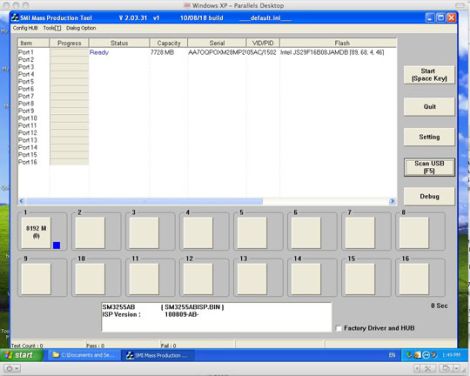[Nickolas] dropped us a tip about a Youtube channel where [stevewatr] documents the restoration of an Oliver 770 tractor through no less than 133 videos. These videos span the last year, starting with finding the tractor in fairly dense undergrowth. He spends quite a bit of time troubleshooting the engine, explaining his thought process, and showing all of the steps he takes to get the tractor running reliably again. He also delves into fixes for the electrical and hydraulic systems.
In his tip, [Nickolas] said he just couldn’t stop watching, and we agree, this is really a fascinating series. One of the things we love about these videos is that [stevewatr] doesn’t filter out his mistakes. That means we get to see his failures and successes… Everything from how jump starting wasn’t possible with a small jumper wire, to getting the engine to start cold without a primer. That’s the beauty of our fail-of-the-week posts. Absorb it all, and you’ll be prepared when you run into related problems yourself.
[stevewatr’s] last video doesn’t show a completed tractor, so we look forward to seeing what happens as the project progresses. Even if you aren’t interested in having a tractor of your own, you can certainly use some of this information while building your own personal mech. Give it a try!















